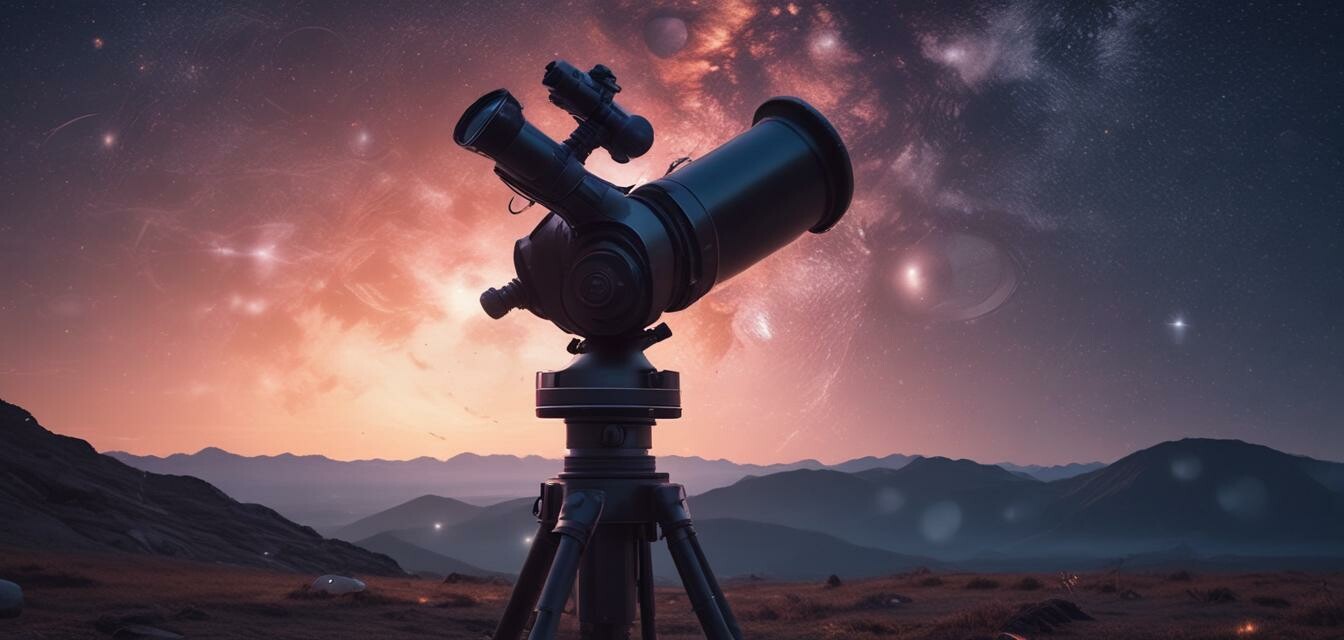
Top Accessories for Planetary Observation
Key Takeaways
- Choosing the right accessories can significantly enhance your planetary observation experience.
- Filters can help reduce glare and improve visibility of planetary details.
- High-quality eyepieces are crucial for getting the most out of your telescope.
- Consider binoviewers for a comfortable viewing experience.
- Telescope accessories can be tailored to your specific needs and budget.
When it comes to astronomical observation, having the right accessories can make all the difference. Whether you're a seasoned astronomer or just starting your journey into the cosmos, enhancing your telescope setup with accessories can provide you with clearer views of planets and celestial objects. In this article, we will explore the top accessories for planetary observation, including useful details that will help you make informed choices for your toolkit.
1. Optical Filters
One of the most beneficial accessories for planetary observation is optical filters. These filters can enhance the visibility of details on planets by contrasting their colors against the dark sky. Here are some popular types of filters:
| Filter Type | Uses | Benefits |
|---|---|---|
| Color Filters | Highlight surface features of planets (e.g., Mars, Jupiter) | Enhances color contrast, making features more visible |
| Neutral Density Filters | Reduce glare on bright objects like the Moon | Provides a more comfortable viewing experience without compromising detail |
| Light Pollution Filters | Reduce the effects of city light on visibility | Improves clarity and contrast when observing from urban areas |
2. Eyepieces
Eyepieces are crucial in determining the level of detail you can see through your telescope. Quality eyepieces come in various sizes and focal lengths, allowing for different levels of magnification. Here’s what to consider when choosing eyepieces:
- Focal Length: Shorter focal lengths provide higher magnification, while longer ones offer wider fields of view.
- Eye Relief: This is the distance from the lens to your eye. Comfortable eye relief is essential, especially for long observation sessions.
- Lens Coatings: Fully multi-coated lenses improve light transmission and reduce glare.
3. Bino Viewers
If you're looking for a comfortable and immersive viewing experience, consider investing in binoviewers. This accessory allows users to observe with both eyes, offering a more natural view of the sky. Benefits include:
- Reduced eye strain during long viewing sessions.
- Improved depth perception and three-dimensional views.
- Compatibility with a variety of eyepieces.
4. Finderscopes
Finderscopes make it easier to locate celestial objects. A good finderscope should be easy to use and provide a wide field of view. Common types include:
- Red Dot Finders: Simple and effective for quick alignment.
- Racetrack Finders: More accurate for locating fainter objects.
5. Mounting Accessories
A stable mount is crucial for planetary observation. Consider the following accessories to enhance your mounting setup:
- Sturdy Tripods: Ensure a solid base for your telescope.
- Mounting Plates: Provide secure attachment points for your telescope.
- Dampening Pads: Reduce vibrations caused by wind or movement.
6. Smartphone Adapters
Using smartphone adapters allows you to capture images of planets through your telescope. With a good adapter, you can:
- Record videos of your observations.
- Share your discoveries with friends and family.
- Document your astronomy journey over time.
Conclusion
Enhancing your planetary observation experience can be achieved through the right accessories. From optical filters that refine your view to high-quality eyepieces that offer optimal clarity, investing in these tools will significantly change how you explore the cosmos. Explore our other related guides on best telescope accessories, telescope accessories, and astronomy binoculars for even more tips and comparisons.
Pros
- Improve clarity and detail when observing planets.
- Enhance the overall stargazing experience.
- Available options to suit various budgets and needs.
Cons
- Can require additional investment beyond the telescope itself.
- Some accessories may complicate setup and adjustments.